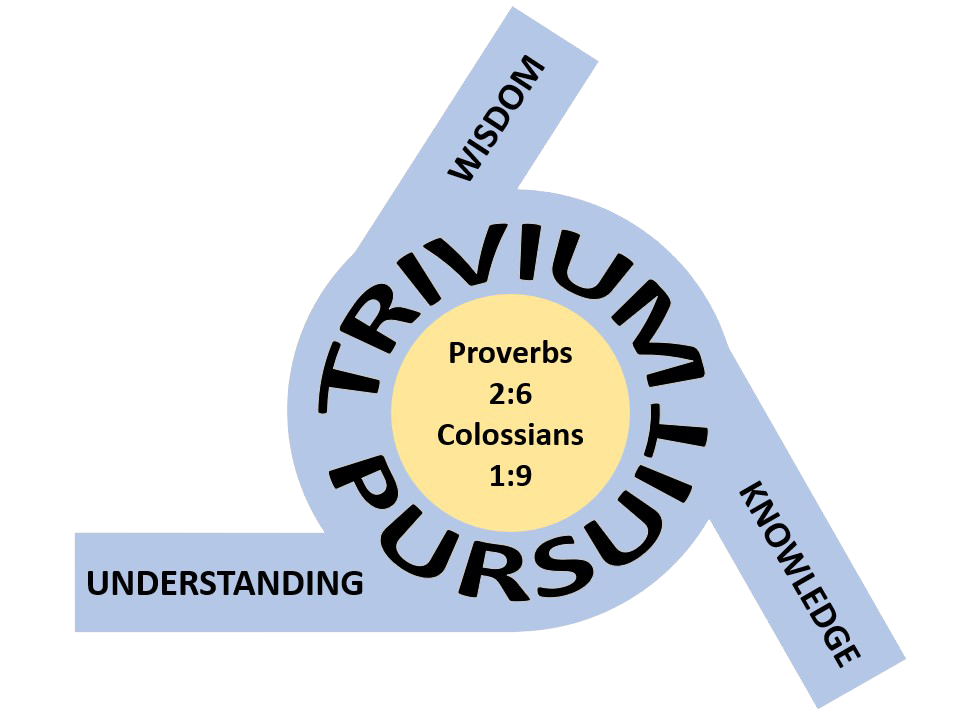I was looking at interlinear Greek-Hebrew-English Bibles and wasn’t sure which one I should get. I want to get a reliable manuscript. I thought I had remembered that the Masoretic Text (Hebrew) and the Textus Receptus (Greek) were considered the most authentic. One other choice was the Biblia Hebraica Leningradensia (Hebrew). Can you tell me where these texts originated, and which would be a good one to own?
Also, can you recommend a good Hebrew curriculum? Thanks, Anne
The Bible requires that when individual witnesses contradict each other, they both be thrown out, and when a witness contradicts itself, it be thrown out. The modern United Bible Societies Greek text is largely based upon a small number of mutually contradictory and self-contradictory ancient Greek manuscripts which have neither ancestors nor descendants, and which come from within a limited territory — in other words, they are isolated in time and space. The scholars who have constructed this text argue, in part, that the oldest manuscripts would be the ones which most accurately preserve the readings of the original texts, yet they openly admit that every significant deviation in the Greek text occurred before these oldest manuscripts were ever written. In other words, one cannot exclude the very real possibility that this small number of self-contradictory and mutually contradictory texts may actually preserve most accurately, not the original texts, but the corruptions of the texts. These scholars also claim to have developed objective methods to determine what the original reading is out of all of the various and even contradictory readings of the manuscripts which they chose to use — even, in some cases, inventing their own reading as the original reading, even though no manuscript can be found which reads the same as their invention. Furthermore, it can be easily demonstrated that their so-called objective methods are very subjectively applied. In the end, the text which they come up with is a crazy-quilt of thousands of sewn patches with no consistent pattern. In other words, what they actually arrive at in the end doesn’t resemble an original writing, though it does reflect the various preferences of the editors. There is not much in the presuppositions and practices of these modern editors to inspire my confidence in the Bible Societies Greek text. They certainly have done a good measure of work, but their work has become so extremely narrowed that it virtually eliminates the possibility of them correcting themselves. In many ways, one can compare their dogmatism to scientists who slavishly fit everything into a narrow evolutionary model of development and who refuse to even become acquainted with other explanatory models to learn from them — their prodigious work often actually hinders progress in their field.
The “textus receptus” of the 16th century does include some readings which were actually invented by Erasmus with no Greek manuscript evidence for those readings. Nevertheless, the textus receptus does generally reflect the continuous tradition of a relatively uniform text spread across western civilization. Two recent attempts have been made to reconstruct such a “Majority” or “Byzantine” text. Unfortunately, a large amount of the textual evidence needed to construct a true “Majority” or “Byzantine” text has not even been collated. In other words, these reconstructions may, in a general way, have more accuracy than the textus receptus, but in many particular passages we cannot have much confidence until the evidence has actually been collated. Unfortunately, the majority of manuscripts are under the control of scholars whose self-interests do not encourage them to collate the evidence for public examination. Their dogmatism has narrowed where they look for evidence.
Bottom line: In my opinion, the textus receptus is okay — I commonly use Stephanus 1550/51 simply because it’s a long standing standard, readily available, not copyrighted, and many reference materials have been based on it. The Majority and Byzantine reconstructions are not particularly bad — but copyrights limit what one can do with them, and the present non-availability of the evidence limits their authority by virtually requiring that they be revised — we cannot be sure just how much revised. Each of the three — Stephanus, Majority, and Byzantine — has its own technical issues and difficulties. The Greek text behind the King James Version (similar to the textus receptus, but not the same) has another layer of problems, because in many places it apparently followed no Greek manuscripts, but rather Latin manuscripts.
Textual criticism of the Hebrew Old Testament is largely concerned with the manuscript versions of the Masoretic text. I am less familiar with these issues. From Wikipedia
The Leningrad Codex (Codex Leningradensis) is the oldest surviving complete copy of the Masoretic text of the Hebrew Bible, dated 1008. (The Aleppo Codex is presumably a few decades older, but parts of it are missing.) The Biblia Hebraica Stuttgartensia (the edition of the Hebrew Bible most widely referred to by scholars and Bible translators) is an almost exact transcript [of Codex Leningradensis].
I presume that you are interested in a good Hebrew curriculum which you can use to teach yourself. There may be some good ones out there, but I cannot personally recommend one.
Harvey

Hello, Bluedorns! Thank you for your scholarly discussion here. We have missed you at the Denver homeschool conference.